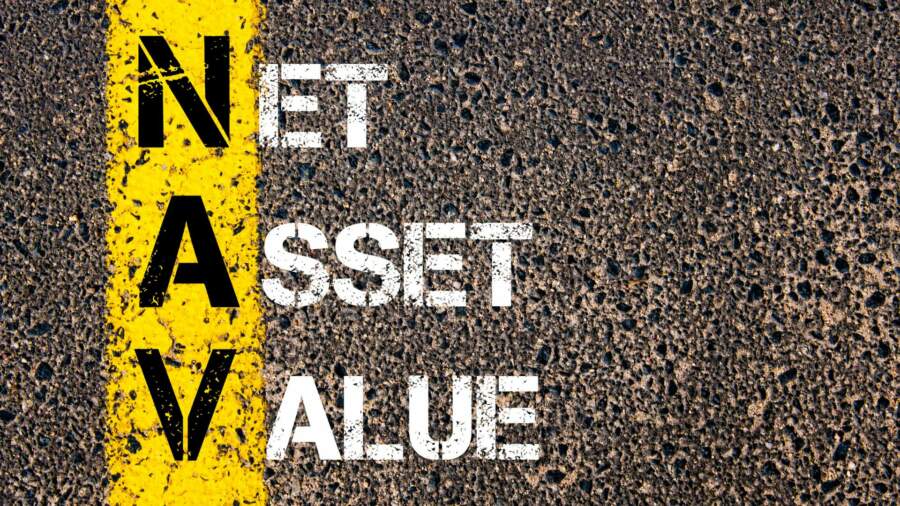
Net fixed asset management is the combination of all financial assets, liabilities, and assets related to an enterprise’s fixed assets. The formula for net fixed asset management is: Net fixed asset = Fixed asset purchase price (fixed asset) + Additional additions to fixed asset (fixed asset) x 100
Net fixed asset management is the consolidation of all fixed assets, contra liabilities, and underlying assets of an enterprise into a single financial instrument. The calculation of net asset value is: net asset value = fixed asset purchase price + subsequent additions to fixed asset (fixed asset) x 100 considering the definition of a business asset.
In addition to net value, an accounting program is also known as the book value. Net book value is the value of an entity’s tangible assets less its liability and net liability. Most companies use one accounting method, but some companies use two or more methods.
Net asset management involves several steps. The first step involves assigning an amount to each asset in order to calculate the net value of that asset. Next, the assets are valued on an accrual basis. that is, based on the current market values.
The assets are also weighed to determine their net value against their net value and then compared to their liabilities. Finally, the assets’ value against the liabilities is added together in a single number and the sum is called the net asset value.
If the current market value of a firm’s assets and liabilities equals the net asset value of the firm, the value of the firm is called net asset value. Net asset value is the total value of the firm’s tangible assets less its liabilities.
The calculation of net asset value is a complex process. It depends on three main factors: total tangible assets, total liabilities, and the rate of change of the value of the firm’s assets and liabilities.
Total tangible assets includes the inventory, receivables, accounts payable, and other fixed assets such as land, buildings, equipment and machinery. Total liabilities, which include the company’s outstanding accounts and unsecured loans, is called net fixed liabilities. The rate of change of assets and liabilities is called rate of return. of equity.
The value of assets and liabilities must add to one another in order to determine net asset value. Net asset value is equal to the value of all fixed assets minus the value of the liabilities. Net asset value is the total value of the assets and liabilities of a business. Assets and liabilities should add together in order to determine net asset value.
All assets must be determined. These include tangible property such as land, buildings, and equipment and intangible property such as goodwill. This includes financial assets such as accounts receivable, accounts payable, accounts receivable, and capitalized leases. and fixed assets such as plant and machinery. Fixed assets include personal property that can be financed such as automobiles and boats, furniture and vehicles, and inventories.
Assets and liabilities must be measured at the end of the year in terms of their value. The most common measure of value is the book value. Book value of assets and liabilities is equal to the current value of the firm’s total tangible and intangible assets. Net asset value can also be expressed as net worth. if assets and liabilities are equal.
Net asset value is calculated by multiplying net worth by the difference between the current market value of the assets and liabilities. A company’s assets are those that the owner of the company holds or controls. and its liabilities are those that the owner of the company owes.
Net assets and liabilities must be added to the value of the firm in order to determine net worth. Assets are the value of the firm’s tangible assets less its liabilities.


